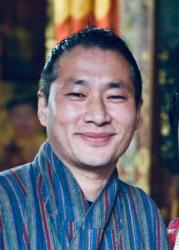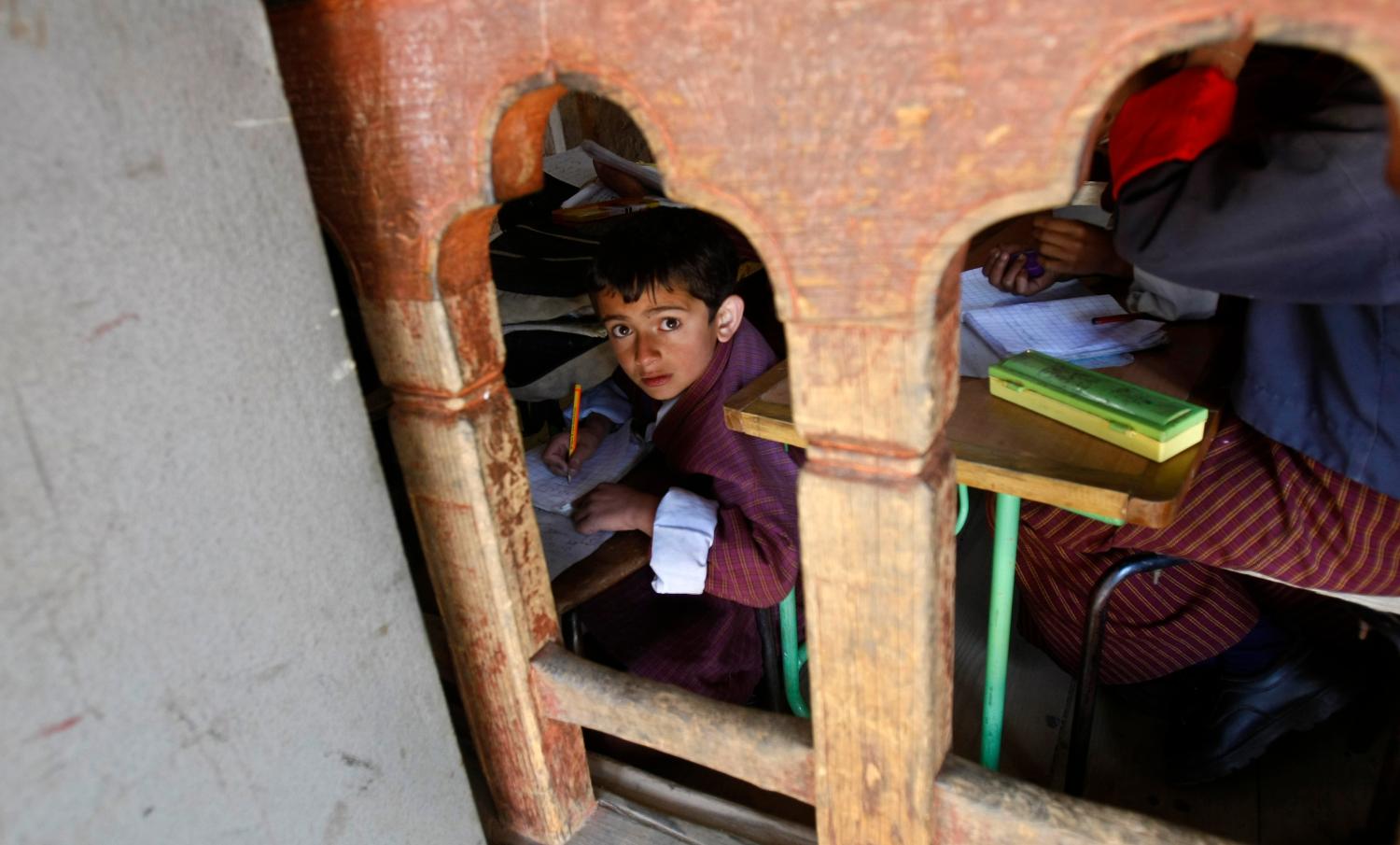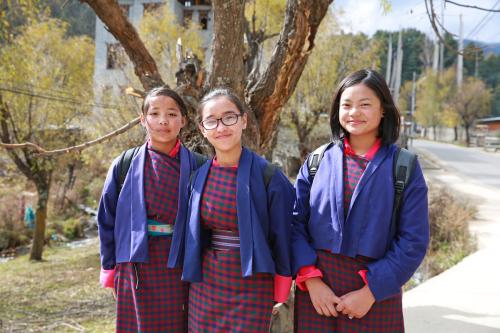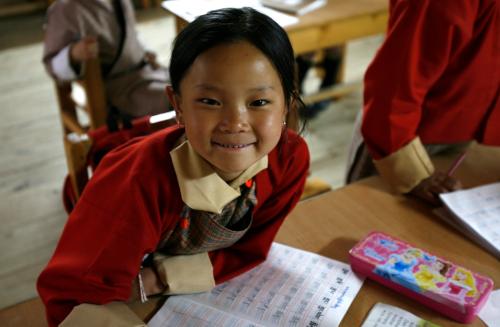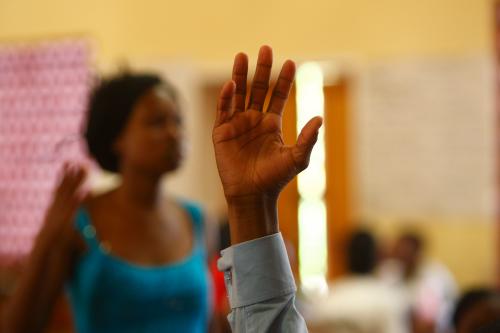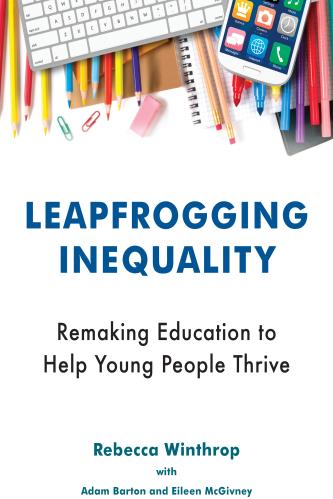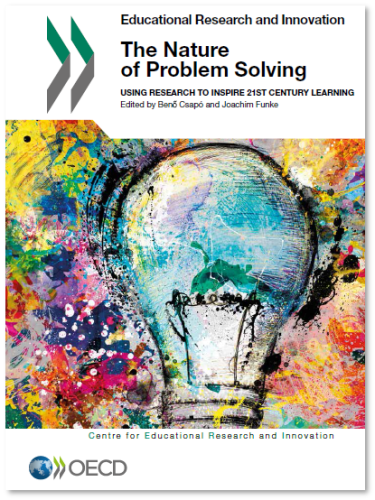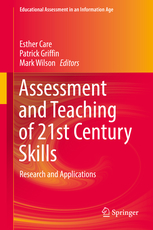Bhutan has made great progress in girls’ access to education. However, the quality of girls’ learning outcomes (i.e., academic performance or competencies) remains an issue and merits priority as a strategic policy item in the “Bhutan Education Blueprint 2014–2024.” Because gender parity in access has been achieved, this policy brief aims to ensure that the next steps toward achieving fuller gender equality will be possible: supporting girls’ transitions to higher secondary school and beyond, and preparing girls and women for formal engagement in society. Using Bhutan’s annual education statistics for public and private higher secondary schools, this policy brief analyzes transition and completion data from class 10 to 11 and trends in Gender Parity Indexes (GPIs) over the last decade (2003–13) to inform the Blueprint on the quality of girls’ learning. Prioritizing girls’ high-quality learning in the Blueprint would have positive effects not only on girls’ educational outcomes and life transitions but also on the economic, social and political empowerment of women in Bhutan.
Education is a number one priority for Bhutan, having been envisioned and advocated at the highest level by His Majesty the King. On average, Bhutan spends about 7 percent of its gross domestic product (GDP), or 17 percent of the national budget, on the education sector, among the highest in the region. The country provides free education from preprimary to grade 10 to all children as a basic right guaranteed by the Constitution of the Kingdom of Bhutan. The government’s level of prioritization for education has most recently been reflected in the historic and nationwide consultation related to the development of the “Bhutan Education Blueprint 2014–2024.”
The Country Context: Bhutan
Bhutan is a small, mountainous, landlocked country in the eastern Himalayas in South Asia, sandwiched between China to the north and India to the south, east and west. The country extends over an area of 38,394 square kilometers (23,857 square miles), and its terrain is rugged, with hardly any flat land, which leads to tremendous challenges for infrastructure development, such as building schools. About 72 percent of the country is covered with virgin forests, scattering 70 percent of its population into small, rural villages. Bhutan has a relatively young population, with half of its 745,153 people below 25 years of age.
Bhutan has one of the smallest economies in the world, based on hydropower, tourism, foreign aid, subsistence agriculture, and a narrow industrial and export base.
Politically, Bhutan is a peaceful and stable country. It became a democracy in 2008, when the king voluntarily abdicated the throne and the nation transitioned peacefully to a democratic constitutional monarchy. The Constitution was enacted in 2008, and national elections were held in 2008 and 2013.
Bhutan has one of the smallest economies in the world, based on hydropower, tourism, foreign aid, subsistence agriculture, and a narrow industrial and export base. Agriculture, consisting of largely subsistence farming and forestry, provides livelihoods for more than 60 percent of the population. The country’s real annual economic growth has averaged 8 percent over the last decade, with a GDP of $1.6 billion (2014) and a per capita income of $2,590 (2011).
Bhutan’s development is being guided by the holistic philosophy of Gross National Happiness, with four balanced pillars of sustainable economic growth, environmental conservation, cultural preservation and good governance.
